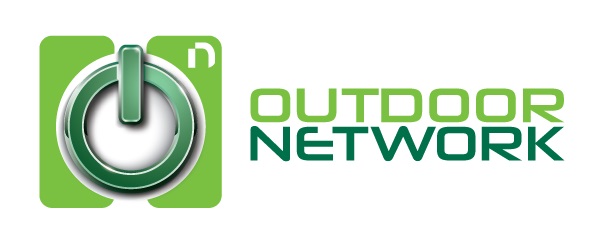Competition among retail brands has never been as fierce as it is now, and marketers face the challenge of winning the attention and spend of easily distracted consumers. But out-of-home is a winning strategy, comparable to point-of-sale when it comes to achieving return on investment, argues Howard Lonstein, Marketing Manager for Outdoor Network.
We all know how effective point-of-sale (POS) is – it grabs the attention of consumers in the moment and lures them to the shelf. But think about it: out-of-home (OOH) shares at least some of the features, functions and creative strategies of POS. Ads on billboards and street furniture are just as unmissable as in-store displays and they employ similar design strategies, direct consumers to products and services they need, and can’t be blocked. It’s time that brands and media buyers realise that OOH is an equally powerful tool when it comes to influencing a consumer’s purchasing decisions.
If POS increases purchasing intent, so does OOH – the United Kingdom’s Outdoor Media Centre (OMC) says OOH is the ‘last window of influence’ on consumers who leave their homes or workplaces to shop – 83% of people recall seeing OOH advertising within the last 30 minutes before shopping and 72% said they would be influenced to purchase a product. Only 17% of shoppers said they would stick to a shopping list. A five-year study conducted by Posterscope and Dentsu Aegis Network shows that campaigns that include OOH boost purchasing intent by 13%. Compared to other media like newspapers, radio, TV and websites, OOH is a leading driver of interpersonal relations (including metrics such as trust, relevance, customer service, expertise, convenience and caring), which indicates that its high-impact effect communicates brand messages in a positive way.
Similarly, a survey conducted by the Outdoor Advertising Association of America (OAAA) shows that out-of-home advertising intercepts consumers near the point of sale better than any other advertising media – and it also reaches consumers with cellphones. According to the survey, within half an hour of being exposed to OOH advertising, consumers searched for brands online and on social media 22% of the time. OOH’s reach and interactive capabilities can teach consumers more about brands as they move from point A (which could be the home or office) to point B (which could well be a retail store).
What all this proves is that the customer journey begins as soon as they leave home or the office, giving OOH advertisers ample opportunity to influence.
The advertising strategies behind POS and OOH are very similar – with both, your aim is to grab attention, deliver a punchy message and mould purchase decision-making in a short space of time. OOH is good at wining over audiences ‘on the go’ and making a strong first impression within the window period of 3-5 seconds before the consumer’s mind wanders.
It is fairly easy for marketers to achieve this. As with POS, brand and message should be instantly recognisable from a primary graphic or photograph. In more rural areas, imagery plays a key role, while consumers in urban areas are looking for innovation and original, inventive messaging. Although placement, location and timing are critical, it is great creative that makes the difference in terms of effectiveness –one should not be confined by the limits of a frame and explore extensions and 3D effects. When it comes to copy, it is always best to focus on one key message that is short and to the point. It is important to mentionthe company’s name, logo or brand, and image of the product or the service offering, and contact details (just one will do, since the on-the-move target market won’t take everything in). Finally, it is vital to be clear about a call to action, if there is one.
When it comes to design elements, it is best to use a typeface that is legible at variable distances and bold, non-serif fonts (decorative, italic or thin serif fonts should be avoided because they disappear when viewed at a distance). Some colour combinations are easier to see or read than others, although not all contrasting colours are easy to read. Designs should use colours with high contrast in both hue (like red, green, yellow) and value (lightness or darkness). The greater the contrast between colours, the greater the impact achieved. Some of the most effective OOH designs use only two basic colours. The same principles apply to digital out-of-home (DOOH), but one should avoid using white backgrounds and change the message or design regularly – one can use multiple designs to tell the story of a brand.
In short, OOH shares many features with POS –copy that is short yet effective;impactful images that complement the brand and drive action; and ongoing exposure to consumers ‘on the move’. There’s strong evidence to support the contention that OOH spend translates readily into sales – its appeal certainly increases the reach and recall of a campaign and, like POS, products and services advertised remain top of mind. OOH is therefore perfect for retail brands and the winning strategies employed by POS can be used equally effectively in OOH format. This is something marketers can leverage to drive sales and increase ROI – an elusive metric, but the ‘Holy Grail’ for advertisers.

- Automation and AI: Super-Tools to level up your business - 24th July 2024
- Salesforce Launches First Autonomous AI Agent - 19th July 2024
- WPP champions inclusive creativity at inaugural Unite South Africa Awards during Pride Month - 19th July 2024






